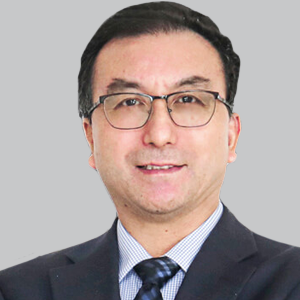Opinion
Video
Hospitalization of Older Patients in MG
Author(s):
Ali Habib, MD, comments on the prevalence of MG in older patients and the increasing rate of hospitalization and mortality within this group.
This is a video synopsis/summary of a panel discussion involving James Howard, MD; Nicholas Silvestri, MD, FAAN; Tuan Vu, MD; Ali Habib, MD; and Beth Stein, MD.
The increasing prevalence of myasthenia among the aging population brings forth significant challenges in disease management. While older onset patients with myasthenia may experience milder symptoms, they face higher rates of hospitalization and mortality, compounded by comorbidities like hypertension and cardiac disease. Traditional therapies, often used in managing myasthenia, may exacerbate these comorbidities. However, advancements in treatment options offer improved safety and tolerability for this demographic.
Aggressiveness in treatment is paramount, as studies suggest that early and aggressive management yields better long-term outcomes and reduces medication exposure. Despite concerns about age-related considerations, there's a consensus among experts to pursue aggressive treatment strategies to ensure quality years for older patients. Modern therapies provide targeted approaches with fewer adverse effects compared to conventional treatments like rituximab.
The evolving landscape of treatment options underscores the need for a nuanced approach, balancing therapeutic efficacy with minimizing adverse effects, especially in older patients. Maintaining a proactive stance in managing myasthenia in the aging population can optimize outcomes and enhance quality of life, aligning with the goal of promoting healthy aging.
Video synopsis is AI-generated and reviewed by NeurologyLive editorial staff.




